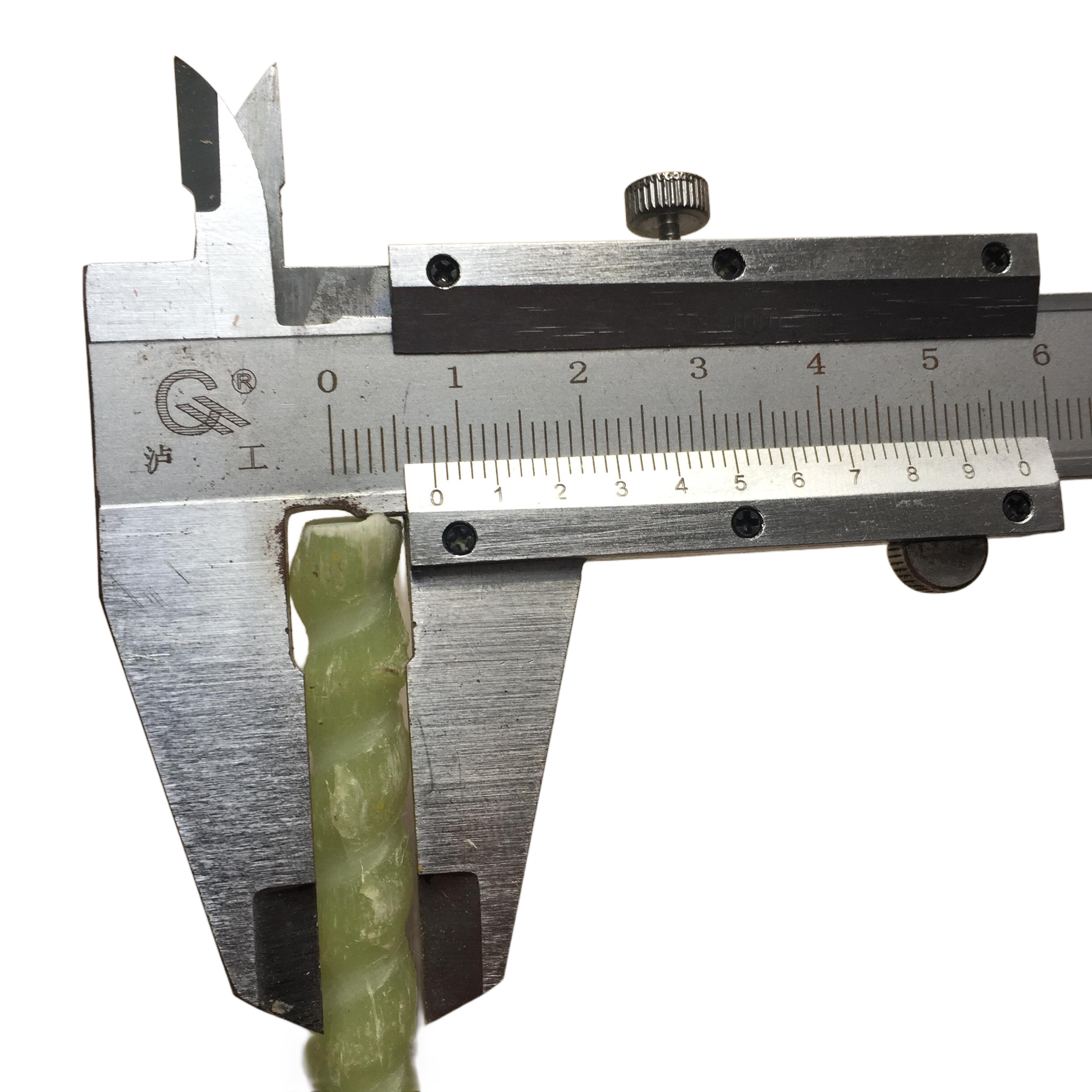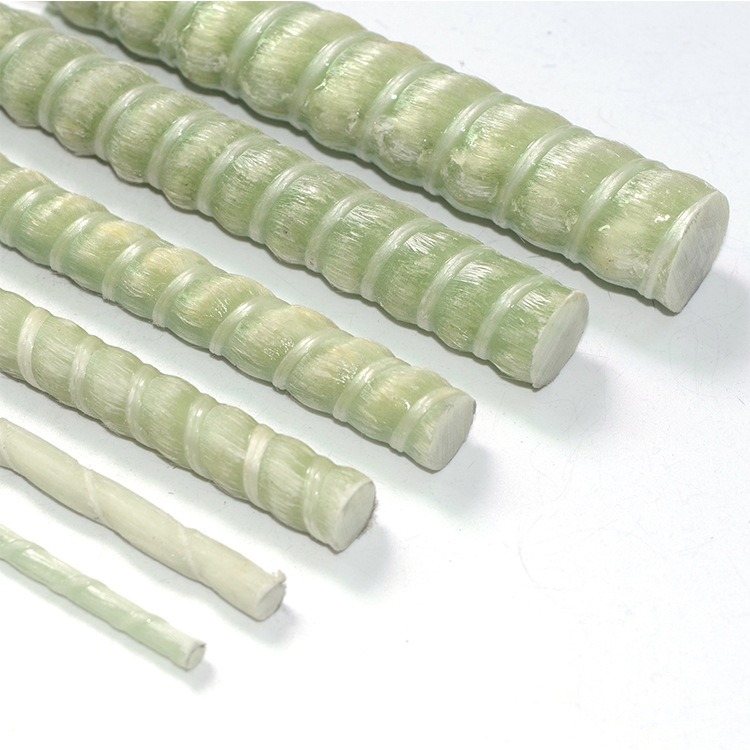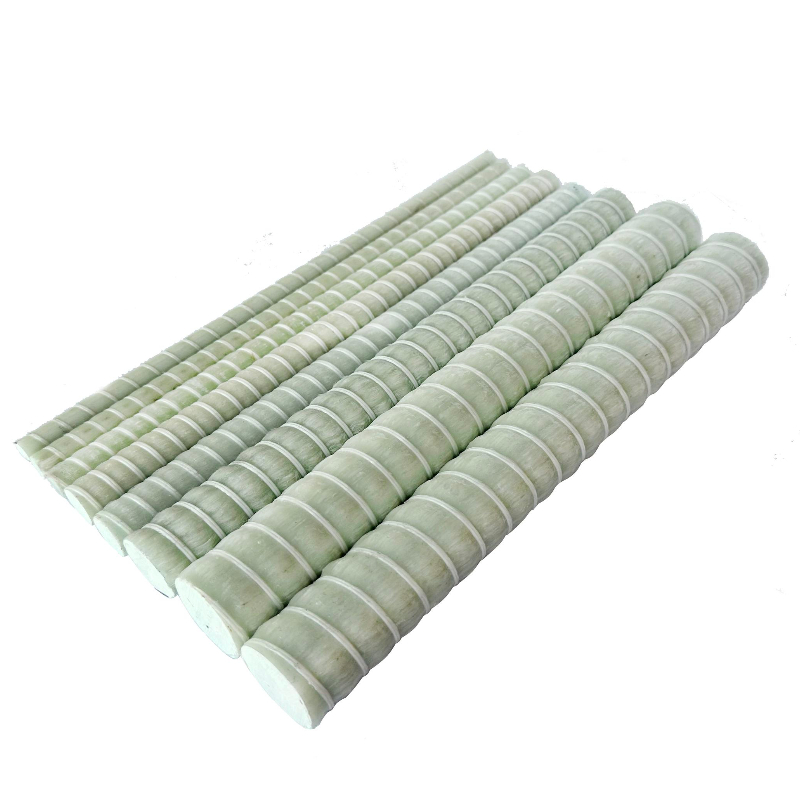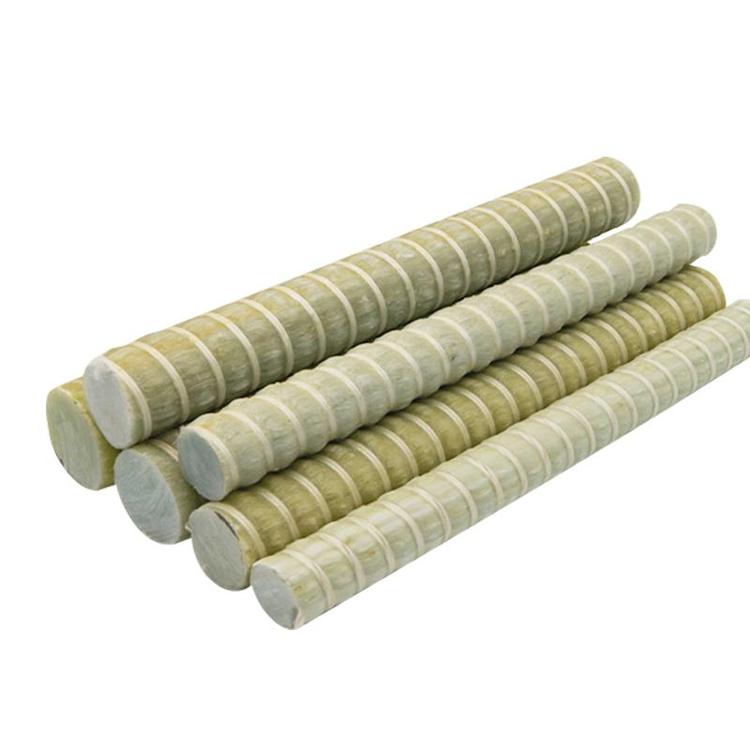Introduction
Soil nailing is a widely adopted geotechnical technique used to reinforce and stabilize slopes, excavations, and retaining walls. It involves the insertion of slender reinforcing elements, known as soil nails, into the ground to create a composite mass that resists deformation and failure. The method has gained prominence due to its cost-effectiveness and adaptability to various soil conditions. Understanding the British Standards (BS) code governing soil nailing is crucial for engineers and practitioners to ensure safety, compliance, and optimal performance.
One innovative material used in soil nailing is GFRP Soil Nailing. Glass Fiber Reinforced Polymer (GFRP) offers advantages over traditional steel nails, such as corrosion resistance and reduced weight. This article delves into the specific BS codes related to soil nailing, the principles behind the technique, and the application of GFRP soil nails in modern engineering projects.
Understanding Soil Nailing and Its Applications
Soil nailing is a construction technique used to enhance the stability of soil mass by installing closely spaced steel bars or nails into a slope or excavation as construction proceeds from top to bottom. The nails are usually installed at a slight downward inclination and are grouted to provide bonding with the surrounding soil. This technique increases the shear strength of the in-situ soil and restrains its displacements, making it an effective solution for various geotechnical challenges.
The applications of soil nailing are diverse, including stabilizing existing over-steepened slopes, constructing retaining walls for highway cuts, and supporting excavations for tunnel portals. Its adaptability to restricted spaces and complex sites makes it a preferred method in urban construction and rehabilitation projects.
The BS Code for Soil Nailing: BS 8006-2:2011
The primary British Standard that governs soil nailing is BS 8006-2:2011, titled "Code of practice for strengthened/reinforced soils. Soil nail design." This standard provides comprehensive guidelines for the design, construction, testing, and monitoring of soil-nailed structures. It outlines the principles for ensuring that soil nailing systems are safe, durable, and fit for their intended purposes.
BS 8006-2:2011 covers various aspects, including:
- Design considerations and methodologies
- Material specifications and properties
- Installation techniques and equipment
- Testing procedures for quality assurance
- Monitoring and maintenance requirements
Adherence to this standard ensures that soil nailing works are carried out following best engineering practices, mitigating risks associated with ground movements and structural failures.
Design Principles According to BS 8006-2:2011
The design process outlined in BS 8006-2:2011 involves a limit state approach, considering both ultimate and serviceability limit states. The standard emphasizes the importance of understanding ground conditions through thorough site investigations and geotechnical assessments.
Key design principles include:
- Soil-Nail Interaction: Evaluating the bond strength between the nail and soil, which depends on factors like grout properties, soil type, and installation methods.
- Load Analysis: Assessing the loads acting on the soil-nailed structure, including earth pressures, surcharge loads, and seismic forces.
- Durability: Considering the environmental conditions that may affect the nails, such as corrosion potential, and selecting appropriate materials and protective measures.
- Safety Factors: Applying partial factors of safety to account for uncertainties in material properties and ground conditions.
The standard provides equations and guidelines for calculating the required nail length, spacing, and diameter to achieve the desired stability and performance.
Materials Specification in BS Code
BS 8006-2:2011 specifies the materials suitable for soil nailing, including steel and alternative materials like GFRP. The standard highlights the criteria for material selection based on mechanical properties, durability, and compatibility with the ground environment.
For steel nails, considerations include yield strength, elongation, and corrosion resistance. Protective coatings or cathodic protection may be required in aggressive environments. The standard also acknowledges the use of Fiberglass Reinforcement Profiles as soil nails, provided they meet the specified performance criteria.
GFRP Soil Nailing: An Innovative Alternative
Glass Fiber Reinforced Polymer (GFRP) soil nails are emerging as a viable alternative to traditional steel nails. GFRP materials offer several advantages, including high tensile strength, corrosion resistance, and lightweight properties. These characteristics make GFRP soil nails suitable for use in corrosive environments where steel nails may deteriorate rapidly.
The adoption of GFRP soil nails aligns with the sustainability goals in construction by reducing the carbon footprint associated with steel production and extending the lifespan of geotechnical structures. Moreover, the non-conductive nature of GFRP materials makes them ideal for applications near electrical installations.
Mechanical Properties of GFRP Soil Nails
GFRP soil nails possess a high strength-to-weight ratio, with tensile strengths ranging from 600 MPa to 1000 MPa. The elastic modulus of GFRP is lower than that of steel, which must be considered in design to prevent excessive deformations. The long-term creep behavior under sustained loads is another factor that requires attention during design and material selection.
Durability and Corrosion Resistance
One of the significant advantages of GFRP soil nails is their excellent resistance to corrosion. Unlike steel, GFRP materials do not rust when exposed to chlorides, sulfates, or other aggressive chemicals present in soils. This property enhances the durability of soil-nailed structures and reduces maintenance costs over the structure's lifespan.
Design Considerations for GFRP Soil Nails Under BS Standards
While BS 8006-2:2011 primarily focuses on steel soil nails, the principles outlined can be extended to GFRP nails with appropriate modifications. Designers must account for the different mechanical properties of GFRP, such as lower elastic modulus and different stress-strain behavior.
Key considerations include:
- Modulus of Elasticity: Due to the lower modulus, GFRP nails may experience higher elongations under load, which must be limited to prevent serviceability issues.
- Creep Behavior: Long-term creep can lead to gradual increases in deformation, necessitating the use of appropriate safety factors and material specifications.
- Bond Strength: The interface bond between GFRP nails and grout or soil may differ from steel, affecting load transfer mechanisms.
It is essential to use reliable data from material manufacturers and conduct testing to validate design assumptions when utilizing GFRP soil nails.
Installation Techniques for GFRP Soil Nails
The installation of GFRP soil nails follows similar procedures to steel nails but requires attention to specific handling and installation practices due to the material's characteristics. GFRP bars are more brittle than steel and can be damaged by improper handling.
Installation steps include:
- Drilling: Creating holes with the specified inclination and diameter, considering the potential for hole collapse in loose soils.
- Placement: Inserting the GFRP nail carefully to avoid impact or bending stresses that could cause damage.
- Grouting: Filling the annular space with grout to bond the nail to the surrounding soil, ensuring full encapsulation and avoiding voids.
- Facing: Applying shotcrete or other facing materials to provide surface stability and protect the nails.
Proper training of installation crews and adherence to best practices are essential to maintain the integrity and performance of GFRP soil nails.
Testing and Quality Assurance
Quality assurance is crucial in soil nailing projects to verify that the installed nails meet design requirements. Testing methods include pull-out tests to assess the bond strength between the nail and soil, and integrity tests to detect any defects in the nails or grout.
BS 8006-2:2011 provides guidelines for testing frequencies, procedures, and acceptance criteria. It is important to develop a testing plan that considers the unique properties of GFRP materials. Non-destructive testing methods, such as ultrasonic testing, may be employed to detect internal flaws without damaging the nails.
Case Studies: GFRP Soil Nailing Applications
Several projects worldwide have successfully implemented GFRP soil nailing, demonstrating its effectiveness and advantages over traditional methods.
Slope Stabilization in Coastal Environments
In coastal areas with high chloride content in the soil, steel nails are prone to rapid corrosion. The use of GFRP soil nails in these projects has prevented deterioration, ensuring long-term stability and reducing maintenance costs.
Urban Excavations Adjacent to Sensitive Structures
GFRP soil nails have been used in urban excavations near historical buildings and underground utilities. Their non-magnetic and non-conductive properties minimize interference with sensitive equipment and reduce the risk of electrical hazards.
Environmental and Sustainability Considerations
The environmental impact of construction materials is an increasingly important factor in project planning and execution. GFRP soil nails contribute to sustainability by reducing reliance on steel, which has a higher carbon footprint due to energy-intensive manufacturing processes.
Additionally, the longevity of GFRP nails reduces the need for replacements and repairs, leading to less resource consumption over the structure's life cycle. This aligns with global efforts to promote sustainable development and environmental stewardship in the construction industry.
Challenges and Limitations
Despite the advantages, GFRP soil nailing presents certain challenges that practitioners must address:
- Cost: The initial cost of GFRP materials may be higher than traditional steel, potentially impacting project budgets.
- Mechanical Behavior: Differences in mechanical properties require careful design to ensure performance under expected loads.
- Limited Standards: Existing standards like BS 8006-2:2011 may not fully address GFRP-specific considerations, necessitating additional research and guidance.
- Handling and Installation: The brittleness of GFRP requires more stringent handling protocols to prevent damage during installation.
Overcoming these challenges involves balancing costs with long-term benefits, investing in training, and advocating for the development of updated standards that encompass advanced materials.
Advancements in Standards and Research
The engineering community is actively researching the behavior of GFRP soil nails to inform updates to design standards and codes. Collaborative efforts between academia, industry, and standardization bodies aim to develop comprehensive guidelines that reflect the latest technological advancements.
Emerging studies focus on long-term performance, environmental impacts, and innovative applications of GFRP in geotechnical engineering. These endeavors are critical for expanding the acceptance and utilization of GFRP soil nailing in mainstream construction practices.
Practical Recommendations for Engineers
Engineers considering the use of GFRP soil nails should:
- Conduct thorough material characterization and consult manufacturers for technical data.
- Perform detailed analyses to account for the specific mechanical properties of GFRP.
- Implement rigorous quality control measures during installation.
- Stay informed about the latest research and updates to standards.
- Evaluate the long-term economic benefits against initial costs.
By adopting these practices, engineers can effectively leverage the advantages of GFRP soil nailing while ensuring compliance with safety and performance requirements.
Conclusion
Understanding the BS code for soil nailing, particularly BS 8006-2:2011, is essential for the safe and effective design of soil-nailed structures. The incorporation of alternative materials like Glass Fiber Reinforced Plastic Reinforcement offers promising benefits in terms of durability and sustainability. While challenges exist, ongoing research and advancements in engineering practices are paving the way for wider adoption of GFRP soil nailing in the industry.
Engineers and practitioners must stay abreast of developments in standards and remain diligent in applying sound design principles. By doing so, they can contribute to the advancement of geotechnical engineering and the construction of safe, resilient structures that meet the demands of modern society.



























